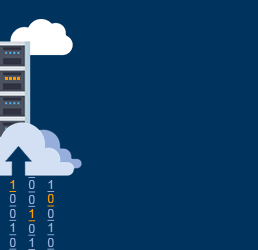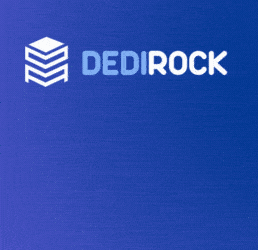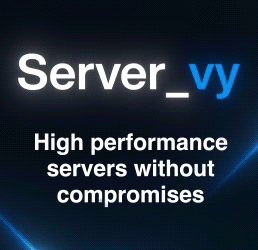New on LowEndTalk? Please Register and read our Community Rules.
All new Registrations are manually reviewed and approved, so a short delay after registration may occur before your account becomes active.
All new Registrations are manually reviewed and approved, so a short delay after registration may occur before your account becomes active.

















Comments
I get where you're coming from. But what I'm specifically saying is that this just seems like a laundry list of "ok how can we use what we made" instead of "ok this is the problem we're trying to tackle and turns out this is the best way to do that job".
Also, some of these are just plain wrong.
This is incorrect. There are publicly commercially available HPC clusters people can get access to. I am a former modeler and consumer of HPC solutions and have used some of the public services as research capacity or model building capacity.
This is just a fact. This isn't a usecase.
Like... I could be nit-picky about every single one of these usecases but what this list shows me is it's just a list of "how could this tech be used" not "is this tech actually effective on this". Of which my first reaction when reading this document is... No. There are better already more established ways of approaching this.
"Blockchain Proof of Work networks such as Bitcoin are inherently extremely
wasteful on computing capacity." - was already solved with PoS.
My real advice (2 cents) is to make everything more readable with normal people words and a better selling point.
People aren't consuming what you have to say, because they aren't opening it.
The entire thing feels just a bit too forced.
It really isn't. I'm pro-PoW I will admit and see value in both consensus approaches, but outside the engineering it comes down to ideology. Neither approach replaces the other technically but they always have a ps3/xbox fanboy fight.
The crux of it though is PoW is wasteful intentionally as any efficiency gains changes the game theory such bad actors will have less obstacles to gain something illegitimately, and thus efficiency broadly equals centralization.
PoS is more efficient technically but removes using energy as a form of game theory security and replaces it with stock-like ownership, which while it might sound good that users own it, the result is 1. big fish will end up in control since money = power in this setup, and 2 = you always have to start centralized and use VC or token raises vs mining which can act like BTC from the start.
The same issues with efficiency and game theory could be compared to anti-abuse systems on servers or web services BTW. The more strict you are, the more inefficient/frustrating you make it on the end user, but the more secure the system.
No, we won't. They already model the protocols under design before implementing. You don't get good AI without data first. You don't fully implement something like that without the protocol being worked out first. Anyway...
{ CONFIDENTIAL INFORMATION RELEASED }
>
I recommend reading on the Sovereign Industrial Capabilities Priority of Australia, this system matches all their capabilitiy requirements and is associated with the Federal Government of Australia.
>
You are correct, not only is this an RFC -> But it is a patent protected RFC -> Thus setting new standards for Computing and AGI and also locking it up at the same time.